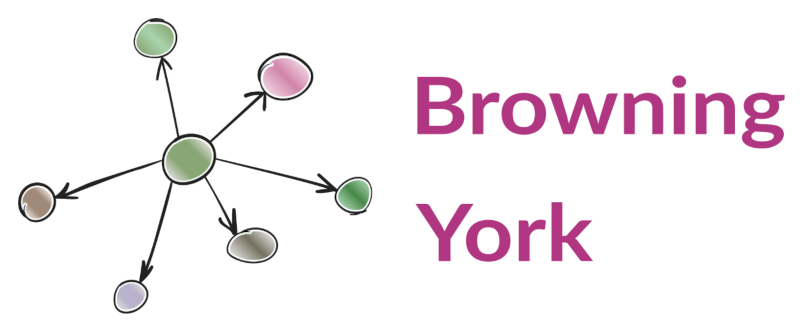In challenging times, it can feel like everyone is fighting for their thing to be the priority. And when you’re working closely on something, it’s obvious that it feels that way. But I believe it’s the job of the internal comms team to work out what is really important and what actually isn’t, so that our people aren’t overwhelmed by too much noise and/or conflicting demands.
When I first started my career in internal comms, people didn’t really want to talk to us at all. So having many demands on your time is a sign that our profession has grown, is more valued and is contributing more to our organisations. But that isn’t always a positive when you’re trying to do everything all at once. Often with limited resource.
So you need to find ways to prioritise the requests and demands that come your way. When you work out an approach that supports your organisation’s objectives, you can set boundaries for where you will focus your time and energy. You can identify the opportunities where you will add most value.
Ultimately if the internal comms team can prioritise, it’s better for the whole organisation. It will make your communications activity more effective.
And it’s better for you as in individual: too many demands on your time are not good for your own wellbeing.
Communications strategy
Firstly it helps if you can find ways to be more strategic. There is a lot of information available about how to write an internal comms strategy, such as my own blog about writing a comms strategy, so I won’t go into detail here. Suffice to say you need to cover the why, who, what and how, plus evaluation.
This might seem slightly counter-intuitive when you’re really busy, but it doesn’t have to take a long time to write a strategy. I also have a blog about how to write a comms strategy in an hour if that’s all the time you have available.
Model for prioritisation
By better understanding what sort of response a piece of work needs, you’ll be able to prioritise your work in new ways. This will help you focus your attention when and where it’s needed most.
You can use this to have more robust conversations with those who are putting demands on your time. Everything is a priority to the person working on the project – but is it really? As the internal communicator, keep asking why do they want to communicate?
You need to identify categories for the requests that come in, identifying different ‘buckets’ that will receive different levels of support.
- For example, you might decide simply to split into essential and non-essential (a technique I’ve heard my fellow comms pro Gemma Pettman talk about).
- My own model is to use the categories strategic, advisory and self-service.
There is no right or wrong way to do this, the important thing is that it works for you and your organisation and helps you decide what is worth spending your limited time on.
Criteria for each level of support
Once you have decided on your model for levels of support, you need to develop some documented criteria to identify what sits in each category. This gives you a framework for the conversations where you say ‘we will support you in this way’ or ‘this is not the best way to communicate’.
I suggest the following questions will work well:
- How does this work relate to or support the organisation’s overall strategic direction?
- Is this work connected to any other strategic work that has been done/is ongoing/is coming up?
- Is this work business as usual or is it a change project/programme?
- What is the timeframe for this work?
- How much input does this work require from the internal comms team to make the communications effective?
You also need to decide what the support will look like for each category. Will you work hands on, writing the comms plan and content for the team who have asked for support? Will you be more advisory? Maybe you’ll provide them with a self-service toolkit that they can use themselves.
How to stick to it
Once you’ve decided how you’re going to prioritise, it’s important to make sure you stick to it. Here are some tips to help:
- Consciously choose to stick to your approach. Every time a request comes in for help, go back to your criteria/framework and assess it.
- Identify people who come to you regularly. Proactively tell them about the approach, what it is and why, and what they need to do. They won’t always stick to it, but it gives you a better foundation for a conversation about the help they are going to get.
- Find your cheerleaders – the people who will support you vocally and tell others why your approach is so good.
A framework for prioritising doesn’t have to be complicated, but it can make a big difference to you and your organisation. Let me know how you get on!

